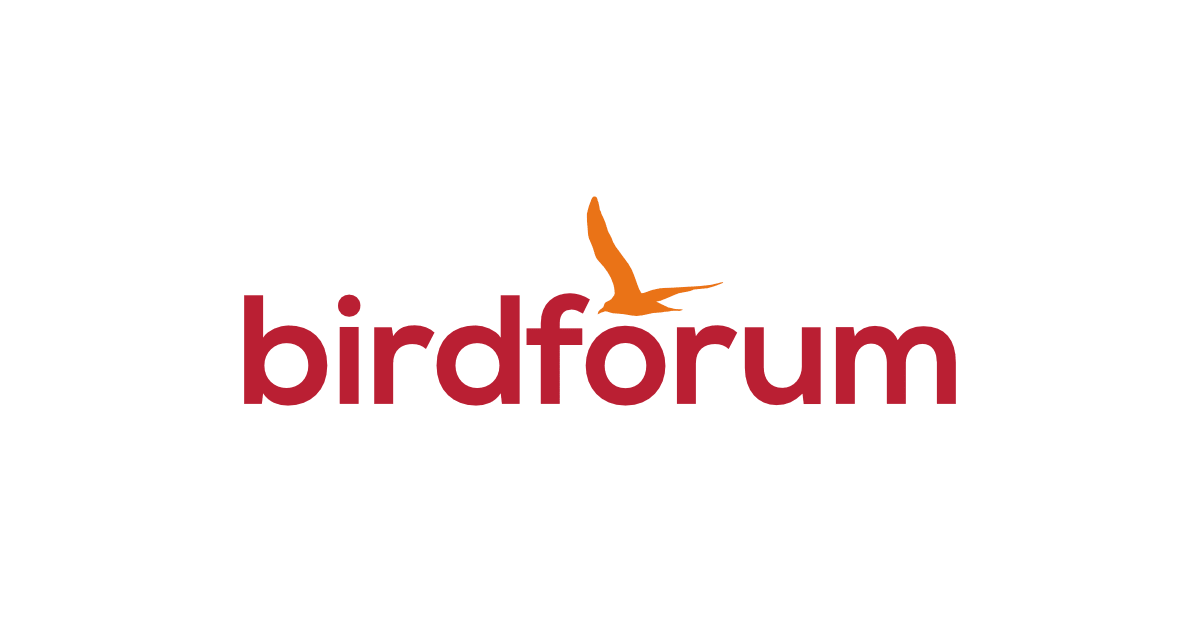mb1848
Well-known member
Would the specific name go back to hypogrammica?Zosterornis hypogrammicus = Abrolais
https://pub.dof.dk/artikler/1267/do...ammica-sp-nov-from-palawan-philippine-islands . Hippolais is (f.)
Would the specific name go back to hypogrammica?Zosterornis hypogrammicus = Abrolais

SurelyWould the specific name go back to hypogrammica?
https://pub.dof.dk/artikler/1267/do...ammica-sp-nov-from-palawan-philippine-islands . Hippolais is (f.)


Replace Touitargus by Neotouit ou Eutouit ?(Sub)genus Touitargus for Touit stictopterus
Ptilospila (spotted feather)

It can be interpreted this wayFWIW, Ptilospila would mean "feather spot"; "spotted feather" would be Spiloptila. (But this is already used for a quite different bird, of course.)

Ophioaetus or OphiolestesZebraquila ("Circaetus" cinerascens, fasciolatus)



Quickly, I don't know if Nettapus is really monophyleticNettapodinae - Nettapus
I put Salvadorina hereAnserinae -
Stictonettini - Malacorhynchus, Stictonetta
And I put Plectropterus hereAythyini - Chenonetta, Sarkidiornis, Hymenolaimus, Pteronetta, Cyanochen, Marmaronetta, Asarcornis, Netta, Metopiana, Phaeoaythia, Aythya

Moa-nalo had provisionally been considered weird Anas based on a reference of them being related to Pacific Black Ducks, but further examination of Sorenson does show them instead as the earliest diverging Anatini. That said Sorenson's phylogeny looks a bit off to me and I wouldn't be surprised if they were just weird Anas.Missing the rest of the moa-nalos, should be in or close to Anatini (see here). Talpanas should be there as well, no? Or are there new studies placing it with the stifftails?

Correct me if I am wrong, but I don't think any of these ducks have been placed in any sort of published molecule-based phylogenetic analysis recently, correct?Quickly, I don't know if Nettapus is really monophyletic
I put Salvadorina here
And I put Plectropterus here

I had seen a figure that showed a polyphyletic Nettapus but I can't find it anymore. Same for the otherCorrect me if I am wrong, but I don't think any of these ducks have been placed in any sort of published molecule-based phylogenetic analysis recently, correct?
I kind of get why that would be the case for Salvadorina, but you would think Aussie scientists would have easy access to Nettapus DNA and South African researchers would have easy access to Salvadorina. Seems those studies would be low-hanging fruit.

If you figure it out and it's from a published work or thesis, please let me know!I had seen a figure that showed a polyphyletic Nettapus but I can't find it anymore. Same for the other

Yes. I don't know what words I put in Google .......If you figure it out and it's from a published work or thesis, please let me know!
I kind of get why that would be the case for Salvadorina, but you would think Aussie scientists would have easy access to Nettapus DNA and South African researchers would have easy access to Plectropterus. Seems those studies would be low-hanging fruit.


Nope. I had seen an isolated Nettapus on its branch and another Nettapus in a clade which contained among others Heteronetta(Jimmy, ain't you mixing Nettapus and Netta ?)

Ok, the paper is Eo & al., 2009. A phylogenetic supertree of the fowls (Galloanserae, Aves)Using a published haemoglobin sequence, I recovered Plectropterus as sister to Pteronetta, in an undetermined position within Anatinae. Pteronetta seems to be an Aythyini as per other publications, based on other genes. This was nearly a decade ago, but this sequence remains the only one published for Plectropterus, so far as I can find right now.

What's next?
I also don't really see the need to split Turdus...having seen local species in the US, Europe, South Africa, and Japan...Turdus thrushes mostly all look alike to me in structure and build.www.birdforum.net
The monophyly of Nettapus is supported by haemoglobin sequences (see the same tree attached in the 2014 post linked above), and also by partial cytb sequences (see attached BLAST tree -- NB : GenBank currently has haemoglobin sequences for the three species of Nettapus + a partial cytb (307 bp) for N. coromandelianus and N. pulchellus + a complete genome assembly for N. auritus; I used BLAST to identify the sequence homologous to one of the two cytb sequences in the genome assembly, which allowed me tor generate a tree with the three species included.)
(Jimmy, ain't you mixing Nettapus and Netta ?)
